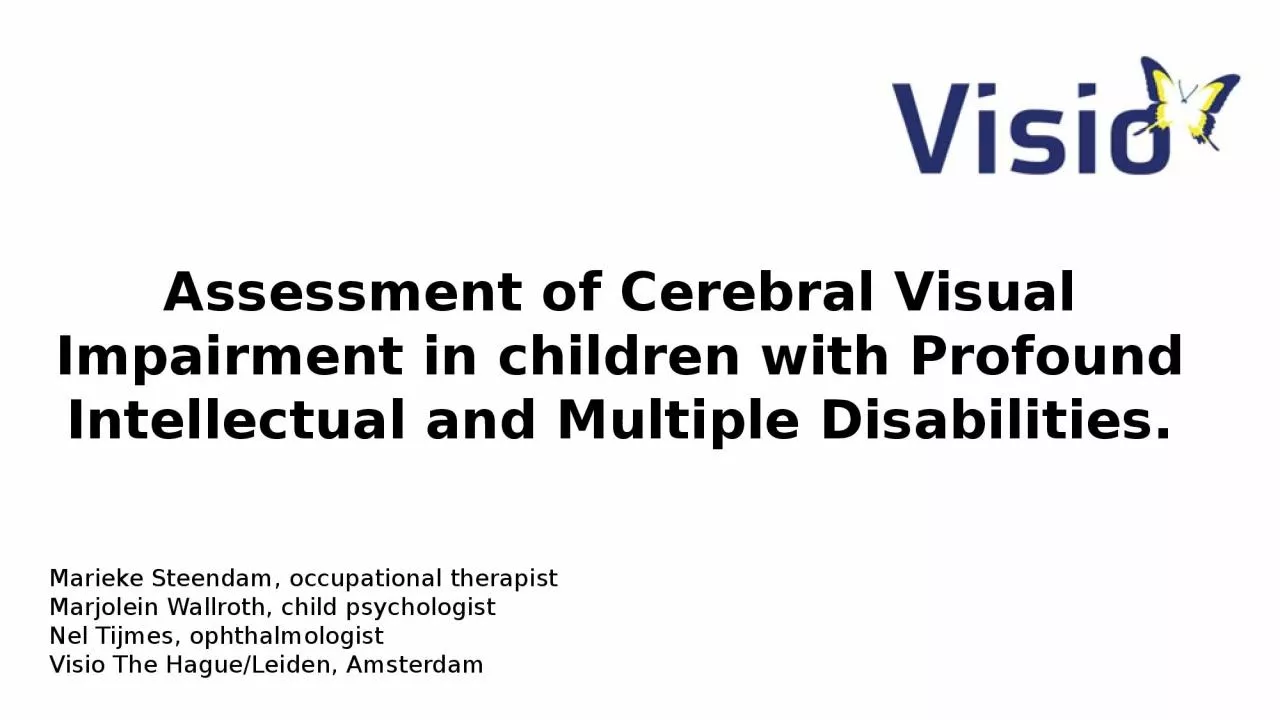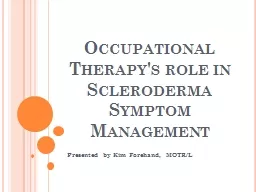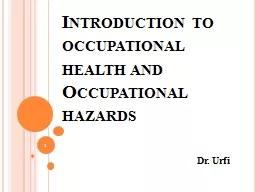PPT-Marieke Steendam, occupational
Author : carla | Published Date : 2024-01-29
therapist Marjolein Wallroth child psychologist Nel Tijmes ophthalmologist Visio The HagueLeiden Amsterdam Assessment of Cerebral Visual Impairment in children
Presentation Embed Code
Download Presentation
Download Presentation The PPT/PDF document "Marieke Steendam, occupational" is the property of its rightful owner. Permission is granted to download and print the materials on this website for personal, non-commercial use only, and to display it on your personal computer provided you do not modify the materials and that you retain all copyright notices contained in the materials. By downloading content from our website, you accept the terms of this agreement.
Marieke Steendam, occupational: Transcript
Download Rules Of Document
"Marieke Steendam, occupational"The content belongs to its owner. You may download and print it for personal use, without modification, and keep all copyright notices. By downloading, you agree to these terms.
Related Documents














